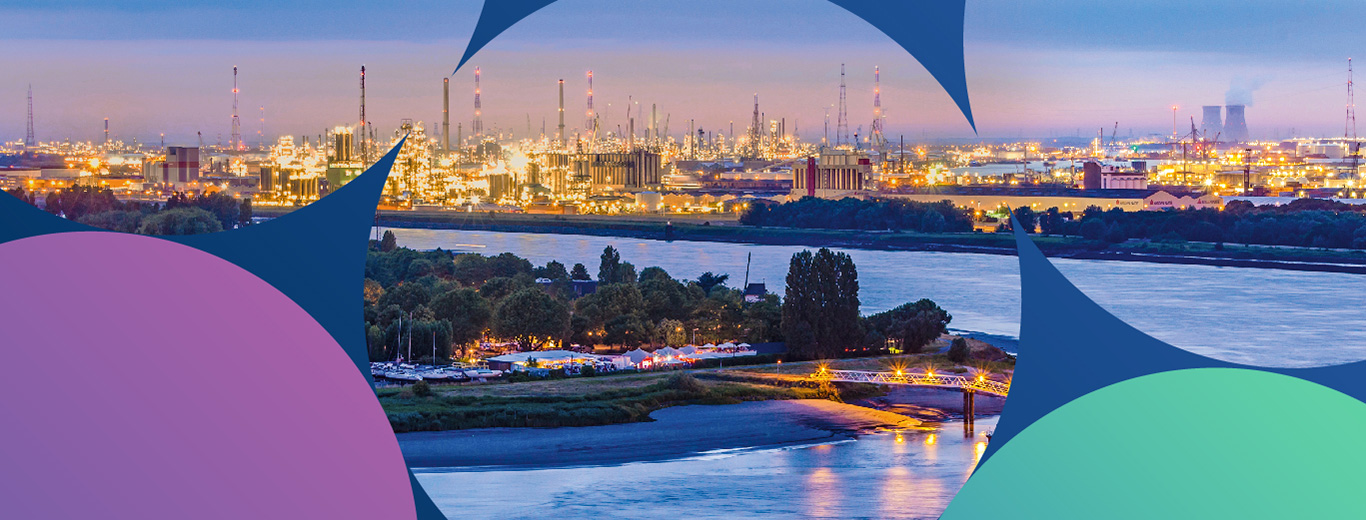
Before reading further, it's important to consider the wide range of alternatives to Small Modular Reactors (SMRs) for generating electrical power. Each alternative offers unique advantages and faces specific challenges, making it crucial to explore all options to determine the best fit for our energy needs.
Transitioning from Coal: Hybrid Gas Turbines (Hydrogen Mix with Natural Gas) vs. SMRs
When considering a roadmap for transitioning from coal to cleaner energy, both Hybrid Gas Turbines (using a hydrogen-natural gas mix) and Small Modular Reactors (SMRs) present viable pathways. Here’s a comparative analysis of these options:
1. Technological Maturity and Deployment Speed
Hybrid Gas Turbines:
- Maturity: Hybrid gas turbines are an extension of existing natural gas technologies, making them mature and easier to implement in the short term.
- Deployment Speed: They can be integrated into existing natural gas infrastructure with minor modifications, allowing for rapid deployment. This makes them a practical option for immediate coal replacement.
SMRs:
- Maturity: While SMRs are based on established nuclear technologies, they are still emerging and not as widely deployed. Regulatory processes and public acceptance are hurdles that can slow deployment.
- Deployment Speed: The construction and commissioning of SMRs typically take longer due to regulatory requirements, site selection, and the need for advanced safety measures. The timeline for SMRs could be 10-15 years, making them a longer-term solution.
2. Environmental Impact
Hybrid Gas Turbines:
- Carbon Emissions: Mixing hydrogen with natural gas reduces carbon emissions compared to using pure natural gas, but it does not eliminate them entirely. The extent of emissions reduction depends on the proportion of hydrogen in the mix. Achieving net-zero carbon emissions is possible with a transition to 100 percent hydrogen.
- Resource Efficiency: Hydrogen production, especially green hydrogen, requires significant energy, typically from renewable sources. The environmental impact of hydrogen depends on the method of production.
SMRs:
- Carbon Emissions: SMRs produce zero carbon emissions during operation, making them a highly attractive option for reducing greenhouse gases and combating climate change.
- Waste Management: The key environmental challenge with SMRs is nuclear waste management, which requires secure, long-term storage solutions.
3. Cost Considerations
Hybrid Gas Turbines:
- Capital Costs: Lower initial capital costs compared to SMRs, as they leverage existing infrastructure. The cost of hydrogen production is currently high but expected to dramatically decrease as technology advances.
- Operational Costs: Dependent on the cost of natural gas and hydrogen. As the hydrogen proportion increases, the cost could rise unless hydrogen production becomes cheaper.
SMRs:
- Capital Costs: High initial capital costs, ranging from $450 million to $750 million per unit. The long-term benefits include stable energy prices and low operational costs.
- Operational Costs: Once operational, SMRs offer relatively low and predictable running costs, but the costs of nuclear waste disposal and decommissioning must be considered.
4. Scalability and Flexibility
Hybrid Gas Turbines:
- Scalability: Highly scalable, can be deployed incrementally across existing gas power plants, making it easier to adapt to changing energy demands.
- Flexibility: Offers flexibility in fuel use, transitioning from natural gas to higher hydrogen content as technology and supply chains mature.
SMRs:
- Scalability: SMRs are modular, allowing for scalable deployment. However, their scalability is constrained by longer construction times and higher regulatory barriers.
- Flexibility: Less flexible in fuel use but provides consistent baseload power, complementing intermittent renewable energy sources like wind and solar.
5. Security and Risk Management
Hybrid Gas Turbines:
- Risk: Lower risk compared to nuclear, with primary concerns being related to hydrogen handling and storage, which are well-understood in the energy industry.
- Security: Minimal security concerns, especially compared to nuclear power.
SMRs:
- Risk: While SMRs have advanced safety features, they still pose nuclear risks, including potential accidents and the need for stringent security measures to prevent accidents, sabotage, or attacks.
- Security: High security is required to protect against potential threats, making them more complex to manage.
CONCLUSION
Hybrid Gas Turbines are ideal for short- to medium-term transitions away from coal due to their lower initial costs, faster deployment, and the ability to leverage existing infrastructure. They offer a flexible and scalable solution that can progressively incorporate more hydrogen as technology advances.
SMRs present a long-term, zero-emission solution with significant potential for providing stable baseload power, complementing renewable energy sources.
However, SMRs in their present forms, the high capital costs, longer deployment timelines, and nuclear risks make them a more complex choice for immediate transitions.
VERDICT
In short, we believe that employing SMRs in their current form as part of the electrical power mix will be difficult to obtain a public acceptance. Despite their potential benefits, SMRs still have drawbacks, including prohibitive costs, lengthy development timelines, and the challenge of managing nuclear waste. Moreover, a single nuclear radiation accident could have disastrous consequences for generations. We should wait and see what Advanced Fusion SMRs, currently in the early stages of design (in France, the USA, and the EU), can offer in terms of security and commercial viability.
DO WE HAVE TIME TO WAIT? MAYBE NO -
Strategy: A combined approach might be the most effective, with Hybrid Gas Turbines addressing immediate needs and Advanced SMRs being developed in parallel to ensure long-term sustainability and deep decarbonization of the energy sector.

